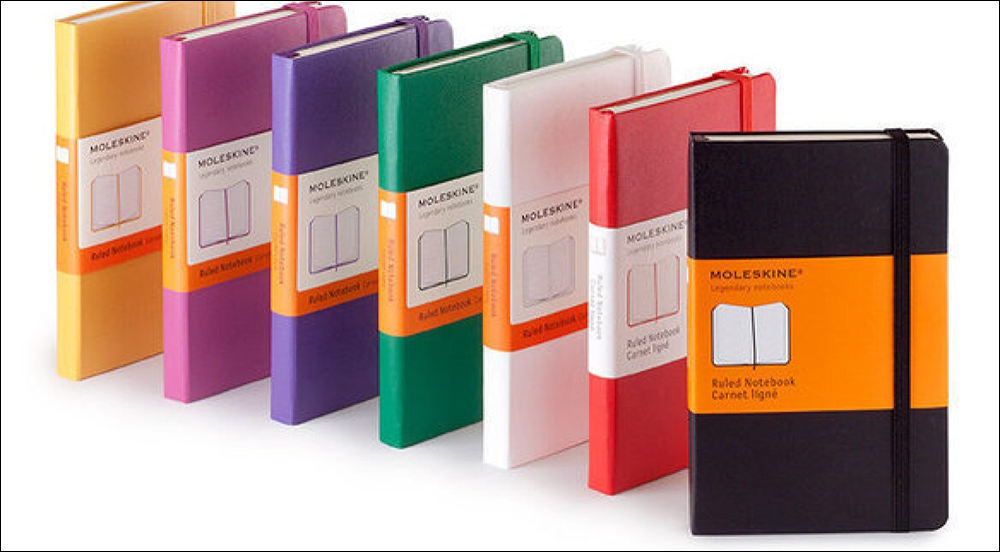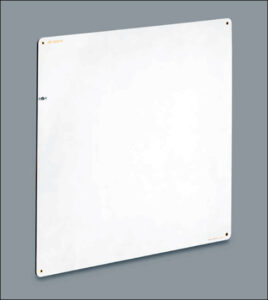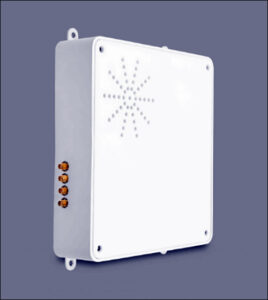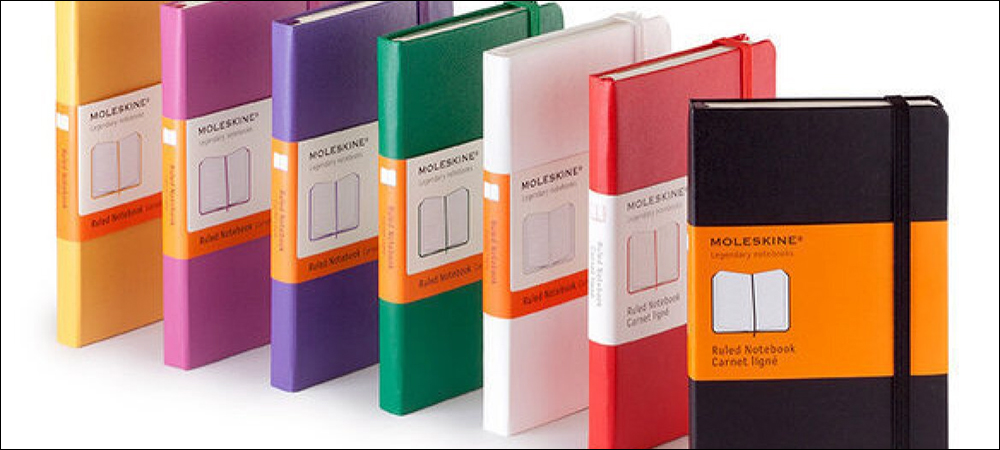Creative writing products company Moleskine has adopted a radio frequency identification solution that prevents loss and ensures inventory accuracy at its stores. The solution, which consists of RFID readers at the doorway and tags on all merchandise, is provided by InfinityID and uses the company’s LOGIC software suite, as well as RFID reader hardware from Keonn.
Moleskine makes luxury notebooks, planners and pens, as well as bags and gifts. The Milanese company, founded in 1997, sells its products worldwide at several hundred stores, as well as online, and it has approximately 500 employees around the globe. Its notebooks are based on the handmade notebooks that were distributed in Paris during the 19th and 20th centuries. The products are vulnerable to theft at stores, so the company sought a solution for loss prevention using technology that could alert stores if something was being taken, as well as indicate what that product was.

Moleskine’s luxury notebooks
The store has an open, sleek aesthetic and so it wanted its doors to reflect that same appearance, says Enrico Mattioli, InfinityID’s CEO. Any loss-prevention system thus needed to be discreet. Therefore, the paper company began working with InfinityID to create a system that would be effective yet invisible. InfinityID selected Keonn’s overhead Advantenna-p33 antennas, which are connected to Keonn’s AdvanGuard RFID alarm unit with a built-in UHF RFID reader.
Development of the system began in 2019, Mattioli says. “The main challenge was to have a complete antitheft system” in its stores, he reports, despite wide-open entrances at each of its 30 European locations. For InfinityID, the main challenge was to hide the antennas so they would be highly discreet. “That’s why we choose [Keonn’s] thin and white hardware,” he recalls, and why the antennas were installed overhead.
The Advantenna P33 offered circular polarization, with a patch antenna that is about a half-inch thick, for use in the ceilings above the entrance with a 40-degree beam width. Data is captured by the AdvanGuard unit and is forwarded to InfinityID’s software, Mattioli says, “so that we could guarantee the possibility to set the antitheft system according to their needs.” UHF RFID tags are attached to each product. Some goods use adhesive labels, while the store employs hard tags for other items, which can be removed at the point of purchase. The unique ID number encoded on each tag is linked in the software to the product’s stock-keeping unit.

Keonn’s overhead Advantenna-p33 antenna
Each store’s single AdvanGuard reader is deployed above the wide-area entrance. The Advantenna P33 antenna radiates a pencil-beam shape that concentrates the beam around the entrance. In that way, the company explains, the stationary beam can detect only those items that are leaving the store, thus preventing stray reads from products located near the entrance. Once individuals have paid for a product, they can walk out the door, where the reader will capture any unique tag IDs. If the software determines that a tag is on an unpurchased item, the AdvanGuard unit will automatically trigger an audible signal that can be heard by others within the store.
A notification can be sent to store associates on their smartphones to indicate that an item is being removed, as well as which one. Workers can then, in some cases, speak to the shopper and ensure that the product has been purchased. They can also select options in the app on their phone, such as “false alarm,” or indicate that the theft has been thwarted, as well as request replenishment. What’s more, the technology can be temporarily disabled via the app when new inventory is brought into the store.
Retailers using InfinityID’s cloud-based software can select from features that will help them capture inventory data, Mattioli says, along with shipping and handling information for omnichannel sales. The company’s 4.0 Retail suite consists of 11 configurable standard modules and customized projects, for which users can set their own parameters.

Keonn’s AdvanGuard RFID alarm unit with a built-in UHF RFID reader
When setting up the system, InfinityID offers customers a feasibility study to identify the necessary features, which it builds into the appropriate solution for each use case. Such modules include label printing and configuration, inventory-management applications and dashboards for identifying where goods are stored. It can also be used for pick-and-pack operations to meet omnichannel orders. In addition, some retailers use the technology for automatic purchasing, label deactivation and anti-theft efforts.
The readers that Moleskine is employing offer a high rate of read accuracy, despite the wide area being covered. Keonn’s RFID readers come with software algorithms for maximizing the read rate and minimizing false alarms, according to Ramir De Porrata-Doria, Keonn’s cofounder and CEO. While Moleskine’s solution relies on stationary antennas, he says, other retailers employ Keonn’s AdvanSafe-200, which uses beam steering to maximize read rage and minimize false alarms.
For Keonn, a recent trend has been underway to leverage RFID for loss prevention at stores. By using RFID technology data at retail entrances and exits, the loss-prevention system not only alerts store management to a theft, but also creates an automatic record of what is being taken. Many of those deploying the technology are using what De Porrata-Doria calls “invisible systems” (RFID floor mats) or “almost invisible systems” (RFID overhead systems) for loss prevention at retail stores.
“Retailers’ priority,” De Porrata-Doria states, “is now to have unobstructed entrances in order to increase the number of customers entering the store.” The technology helps to prevent loss at each store, while also updating data with each read event so that when goods are removed, the software knows which products may need to be replenished. In that way, he says, the company can be sure it has inventory on hand at every location.
Exhibitors at RFID Journal LIVE! 2022 will offer solutions for tagging retail goods and loss prevention. To learn more, visit the event’s website.


